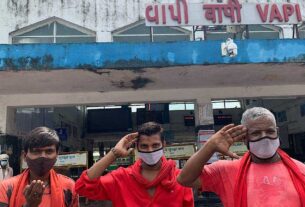The city has 55 Pedestrian Light Control Activation (Pelican) signals. A lot of them are not working, posing a challenge for pedestrians to cross the roads safely.
It is not on Saint Mark’s Road. Not on Richmond Circle. Neither is it near the Bishop Cotton Girls’ School. Nor is it near Baldwin Girls’ High School.
No, you will not find pelican signal buttons in any of these places. All you see is an instruction board to use the button that no longer exists.
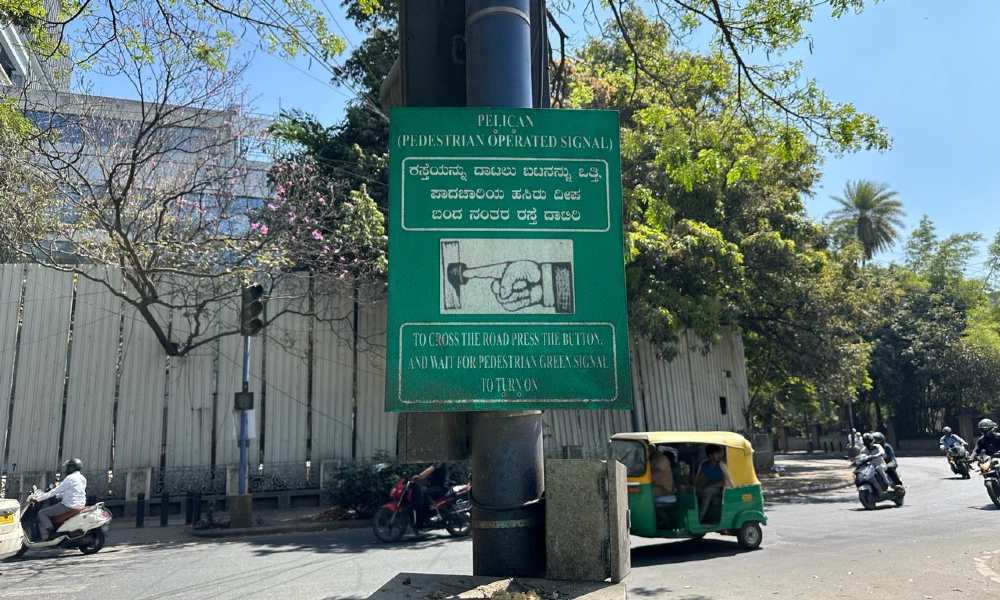
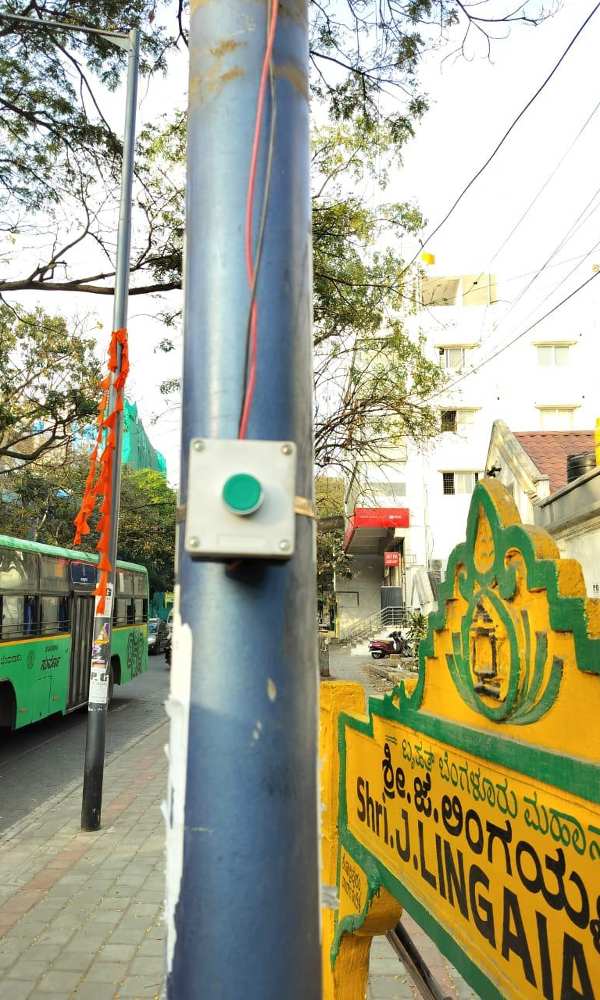
Pelican signals are manually operated signals. Pedestrians can halt the traffic by pressing a button to cross the road safely. When this button is pressed, traffic lights turn red and movement of vehicles is halted for 15 to 20 seconds. These signals are installed at mid-junctions on roads with heavy traffic so that pedestrians can cross the roads safely.
The button at the pelican signal on Saint Mark’s Road is broken. The case is no different on Richmond Circle traffic lights and near Baldwin Girls’ High School.
The security person at Baldwin Girls’ High School said that the signal has not been functional for some time now. He said, “When the school gets over, students come out in large numbers and the traffic is at its peak. It is very risky to cross the road so we help students with it .” He added that earlier it was easy to stop traffic for a short while with this signal button, as it allowed the children to cross the street easily and buses to turn from the school building with ease.
Priyalakshmi, a pourakarmika working near Saint Mark’s Road, said that she feels scared while crossing the road. She said, “You never know from where a high-speeding vehicle might come and hit you” . She added that she crosses the road when the traffic light is red but people don’t follow traffic rules at this junction.
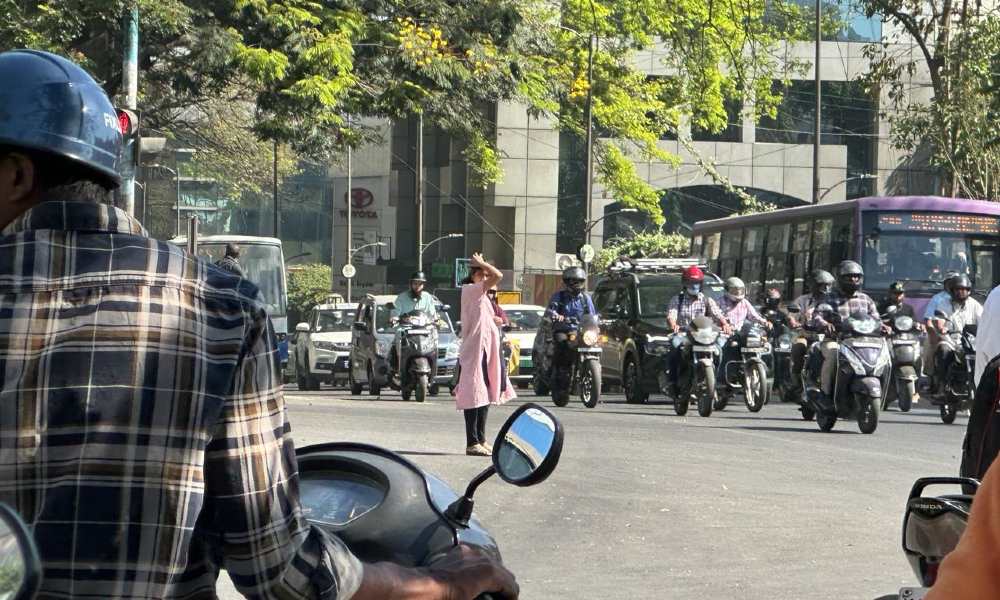
A traffic police constable on Residency Road near Bishop Cotton Boys’ School said that he doesn’t know if any pelican signals exist in the city.
Sadashivaiah N, an auto-driver said that he is hearing about such signals for the first time. He said that he never came across a situation when he had to stop on the road because of this signal.
According to data from the Traffic Management Centre, 55 pelican signals are installed across the city. Of these, 41 are working. Eight signals have been removed, one signal near Arabic College has been temporarily removed for metro construction, and the remaining five have been converted to the normal traffic signals.
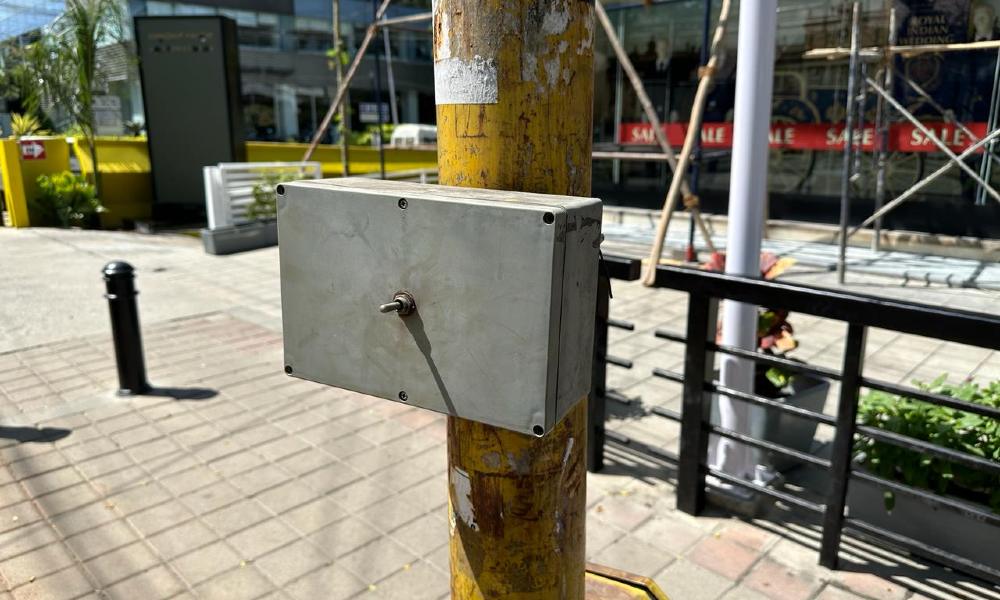
MG Road was the first place to get a pelican signal in 2005. This signal was later removed for metro construction. The city has set upmultiple such signals since then. The cost of installing a pelican signal is around Rs. 4.5 lakh each.
However, officials from the traffic department said that there are no plans to increase the number of pelican signals in the city. These are installed at the request of the Deputy Commissioner of Police(DCPs) of the city’s four divisions.
Dr. Anil Kumar Grampurohit, Police Sub-Inspector, Traffic Management Centre, said that the mechanism of these signals is such that when a person presses the button to stop the traffic, the traffic lights don’t turn red immediately. “Sufficient time is given to motorists to control the speed of their vehicles and then stop,” he added.
He said that most signals are working. If any signal is not working, people can register a complaint at 080-2294-2926. The signals were installed by Onnyx company, and they’re responsible for the maintenance of these signals.
M.N. Sreehari, a transport expert said that pelican signals are helpful only if people use them responsibly. Most signals in the city are not working because pedestrians are not aware of how the button is used to stop the traffic. “People keep pressing the button repeatedly. That is not how it works, one has to wait for some time for the traffic to stop,” he said. These signals are good for pedestrian safety but for this model to be successful, awareness among both the pedestrians and motorists is must.
Dr. Anil suggested that during the night, pedestrians should wear some kind of reflective clothing so that they are easily seen by the motorists because “to see and be seen” is where the idea of road safety lies. “Top priority should be given to pedestrians as they have a right of way,” he said.




